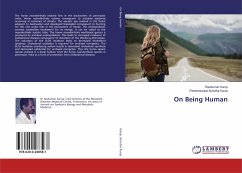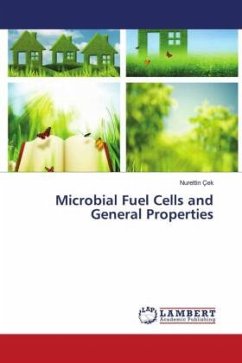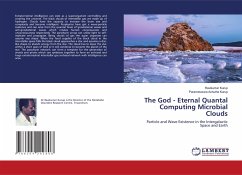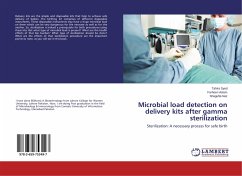The metal actinides in the lake shores of Kerala from extraterrestrial source provide radiolytic energy important in abiogenesis. The metal actinide surfaces would by surface metabolism generate acetate which could get converted to acetyl CoA &then to cholesterol which functions as the primal prebiotic molecule self-organizing into self-replicating supramolecular systems, the lipid organism. Cholesterol by radiolysis by actinides would have formed PAH generating PAH aromatic organism. Anastase &rutile surfaces can produce polymerization of amino acids, isoprenyl residues, PAH &nucleotides to generate the initial lipid organism, PAH organism, prions &RNA viroids which would have symbiosed to generate the archaeal protocell. The archaea evolved into gram negative &gram positive bacteria with a mevalonate pathway which had an evolutionary advantage. The symbiosis of archaea with gram negative organism generated the eukaryotic cell which later evolved into primates. The actinidic archaeal symbiosis in the primate brain and body generated the homo neanderthalic species. Humans can be considered as a modified giant archaeal colony.








